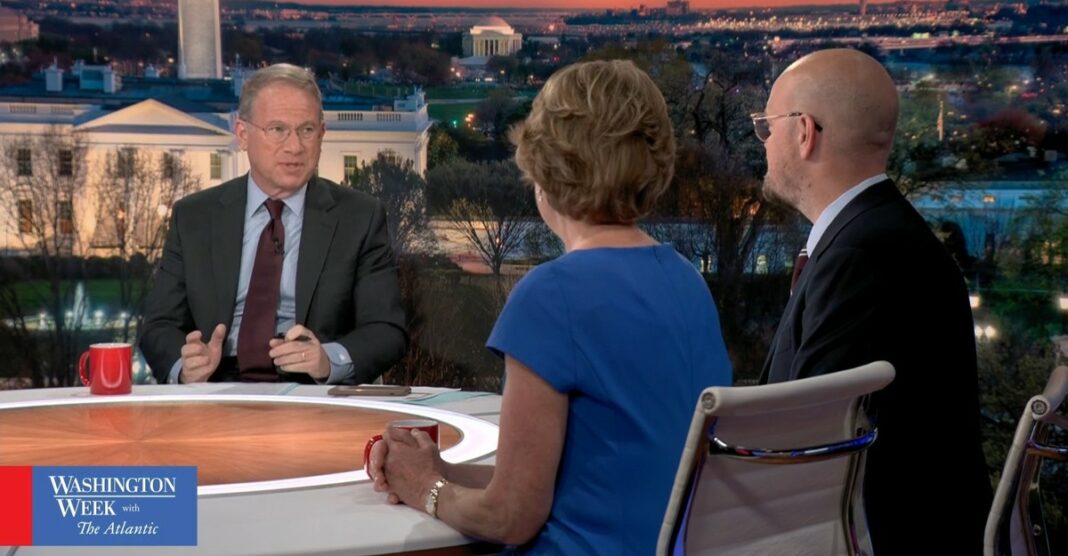What the Democrats’ Divisions Could Mean for the Election
Introduction
As the 2020 election cycle heats up, one of the major storylines emerging from the Democratic Party is the growing divisions among its members. From moderates to progressives, there is a noticeable split that could have significant implications for the outcome of the election. In this article, we will explore what these divisions mean for the Democratic Party and their chances of winning the upcoming election.
The Moderate vs. Progressive Divide
One of the most pronounced divisions within the Democratic Party is between moderates and progressives. Moderates tend to advocate for more gradual changes and prioritize bipartisan cooperation, while progressives push for bold, transformative policies and are less willing to compromise with Republicans. This divide was particularly evident during the Democratic primary, where candidates like Joe Biden and Bernie Sanders represented these two factions.
Implications for the General Election
Heading into the general election, the split between moderates and progressives could present challenges for the Democratic Party. While unity is typically viewed as a strength in elections, the divisions within the party could dampen enthusiasm among voters and lead to decreased turnout. Moreover, the inability to present a cohesive message could give Republicans ammunition to paint Democrats as „disunited“ and „radical.“
The Youth vs. Establishment Dynamic
Another key division within the Democratic Party is between the youth and the establishment. Younger voters, particularly those aligned with the progressive wing of the party, have been pushing for more radical change and demanding that the party address issues like climate change and income inequality with urgency. On the other hand, the party establishment, which includes more seasoned politicians and donors, may be more hesitant to embrace these sweeping changes.
Consequences for Voter Turnout
The tension between the youth and the establishment could also impact voter turnout in the general election. Younger voters, who were instrumental in propelling candidates like Bernie Sanders to the forefront of the primary race, may be disillusioned if they perceive the party to be ignoring their priorities. This could result in lower turnout among a crucial demographic for the Democratic Party.
Conclusion
As the Democratic Party grapples with these divisions, it will be essential for party leaders to find common ground and present a unified front heading into the 2020 election. While differences of opinion are a natural part of any political party, the stakes are high in this election, and a fractured party could play into the hands of their political opponents. By acknowledging and addressing these divisions, Democrats can better position themselves to appeal to a broad coalition of voters and increase their chances of winning in November.
FAQs
Q: Can the Democratic Party overcome these divisions before the election?
A: While it will be challenging, it is possible for the Democratic Party to bridge these divisions and present a united front. This will require strategic messaging and a concerted effort to address the priorities of all party factions.
Q: How might the Republican Party exploit these divisions in the general election?
A: Republicans could use the Democrats‘ divisions to their advantage by painting them as „vulnerable“ or „radical.“ By highlighting the disagreements within the party, Republicans may seek to sow doubt among voters about the Democrats‘ ability to govern effectively.
Q: What can individual voters do to support a more united Democratic Party?
A: Individual voters can support party unity by educating themselves on the issues, engaging in constructive dialogue with fellow Democrats, and voting for candidates who they believe can help bridge the party’s divides. Grassroots activism and advocacy can also play a role in promoting unity within the party.




